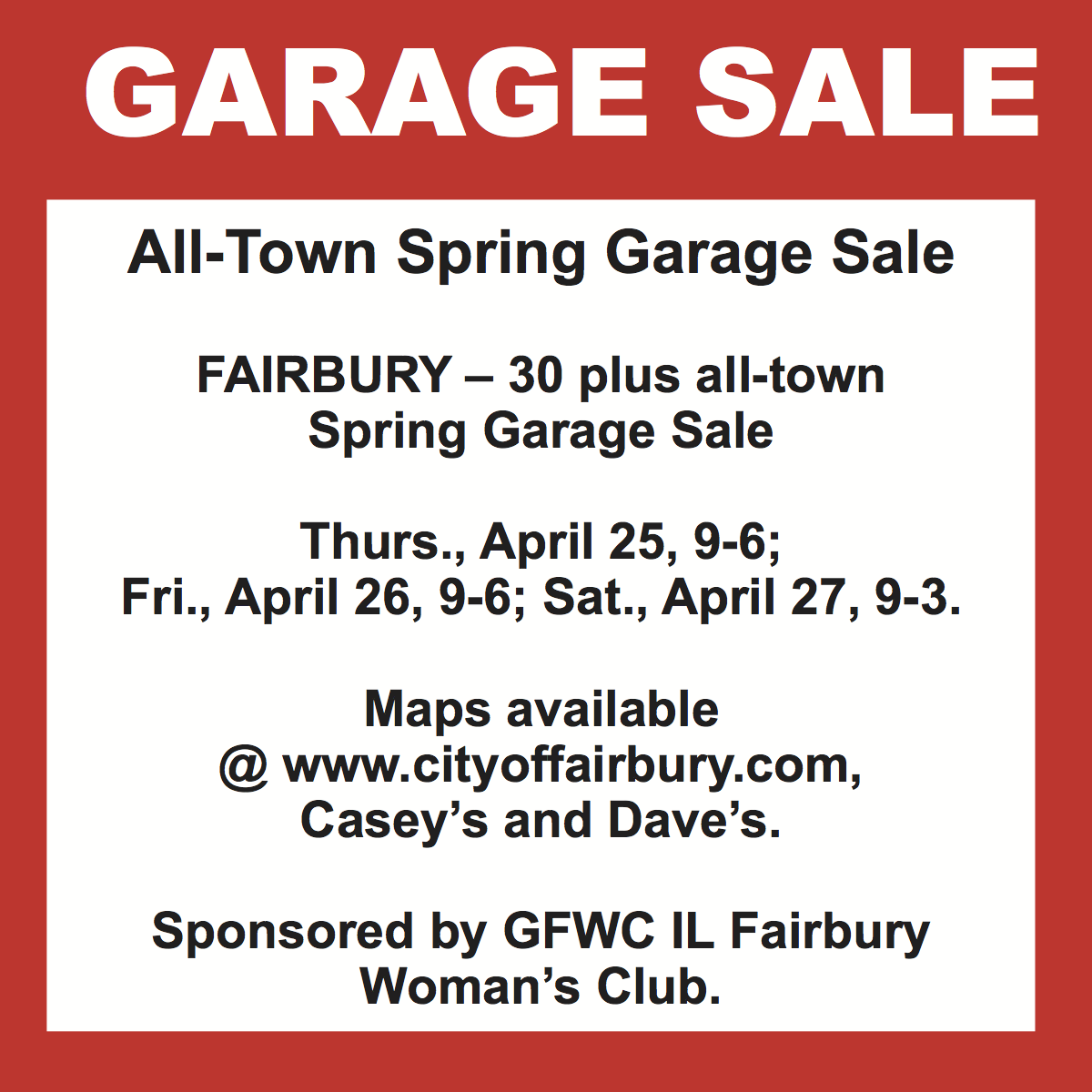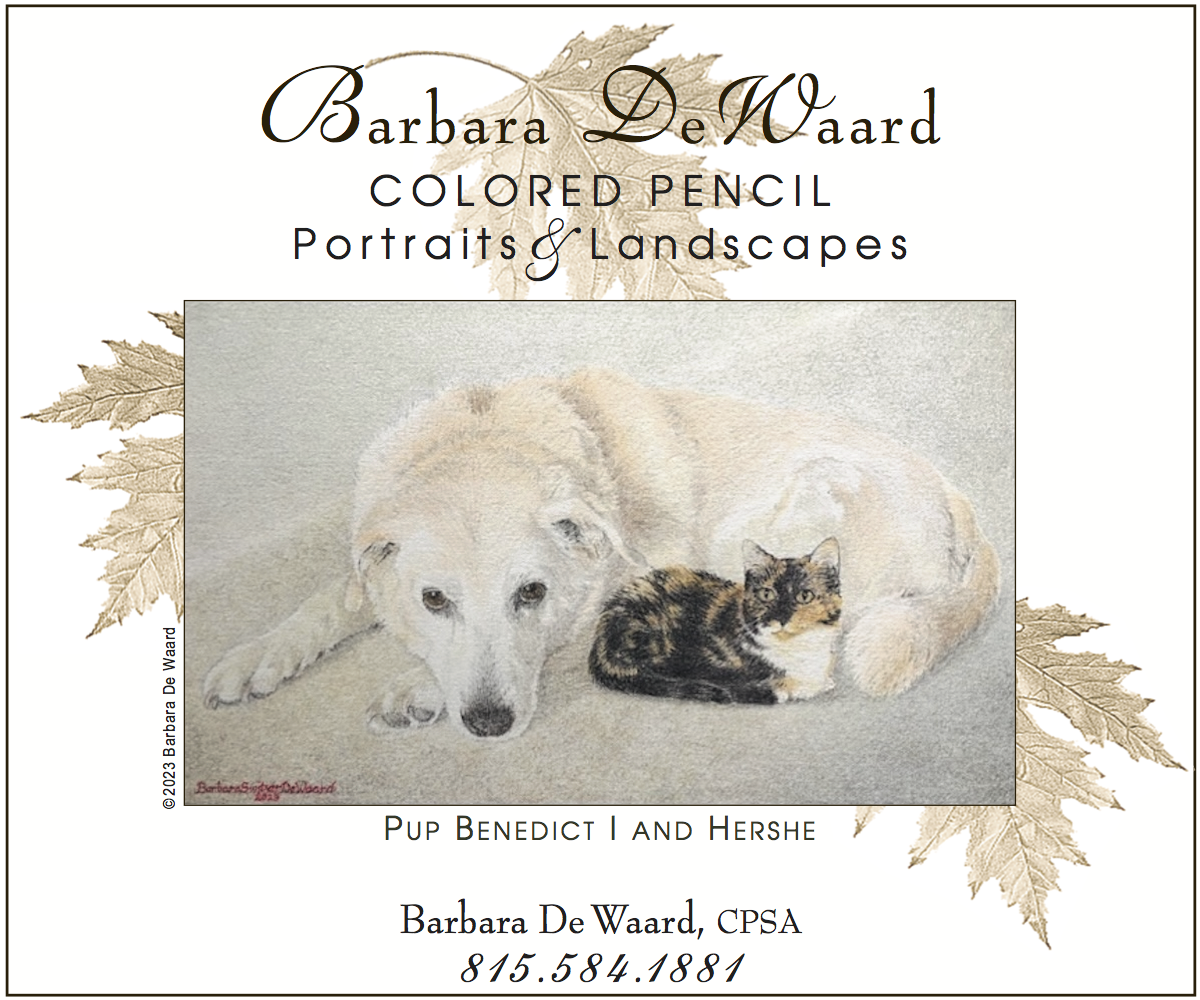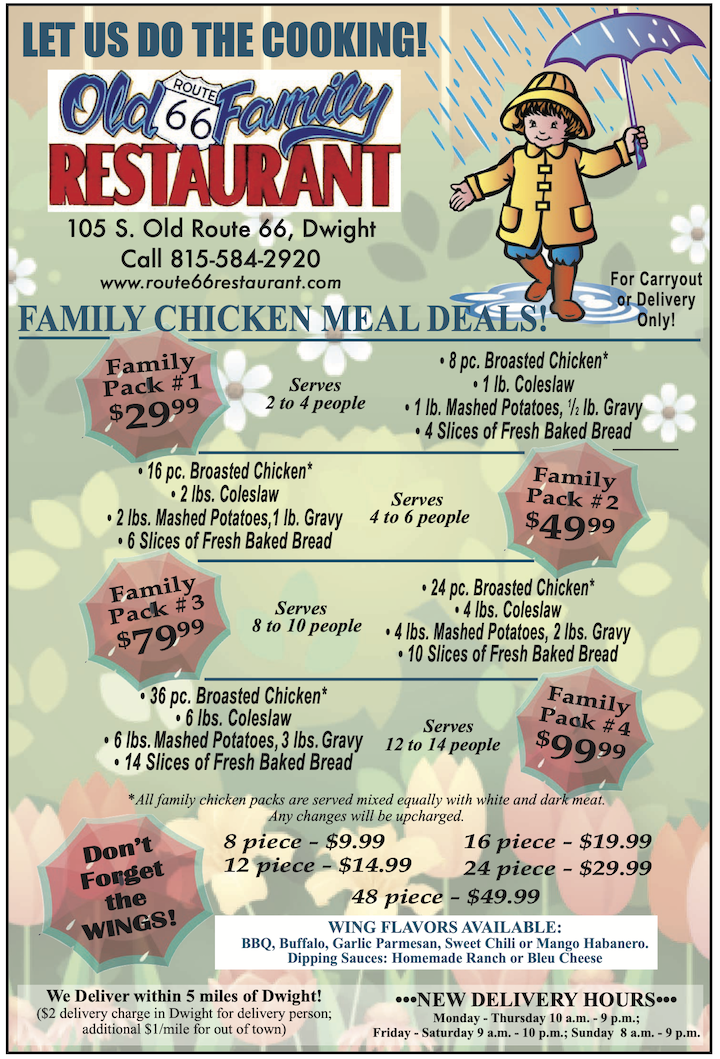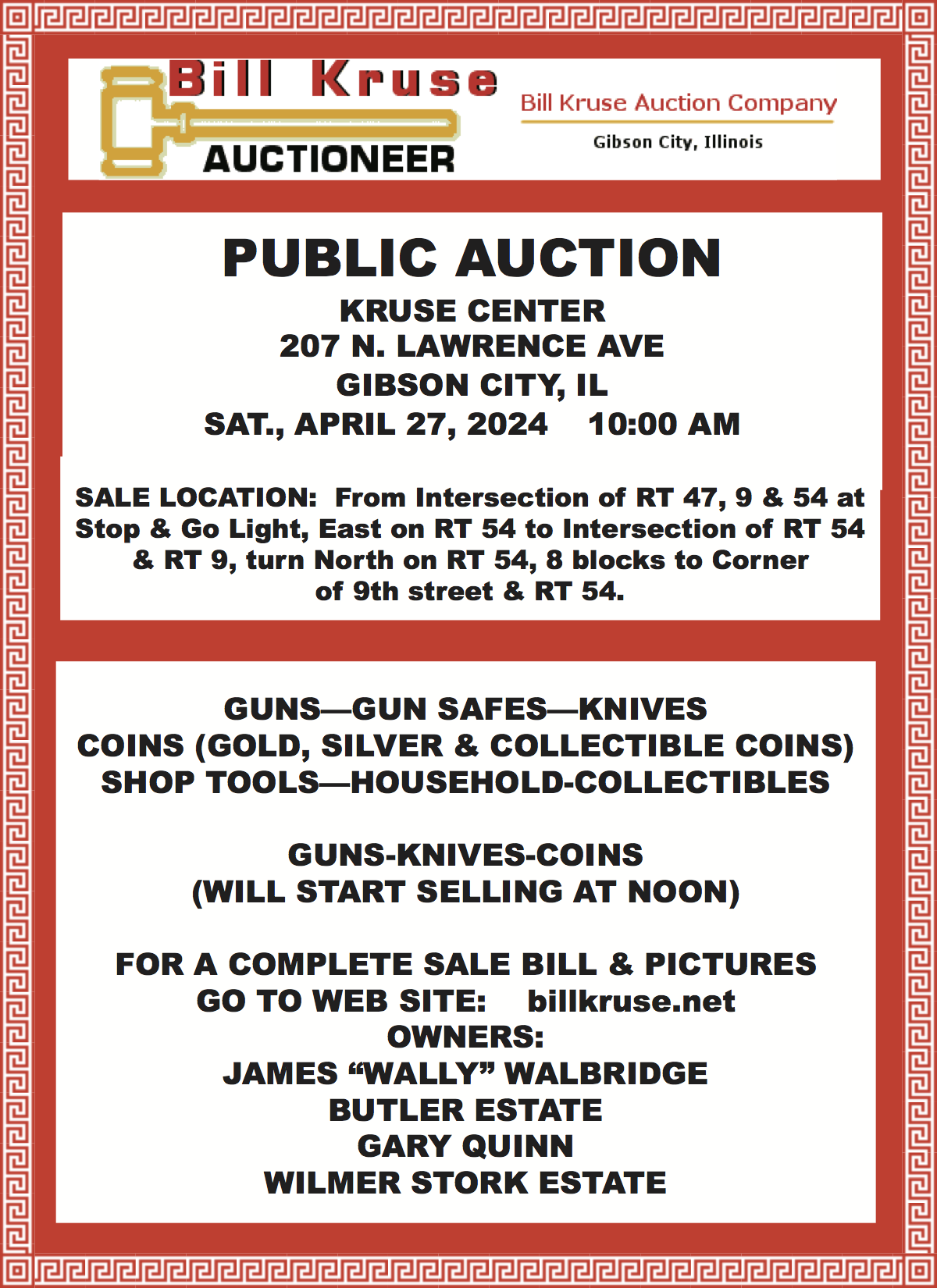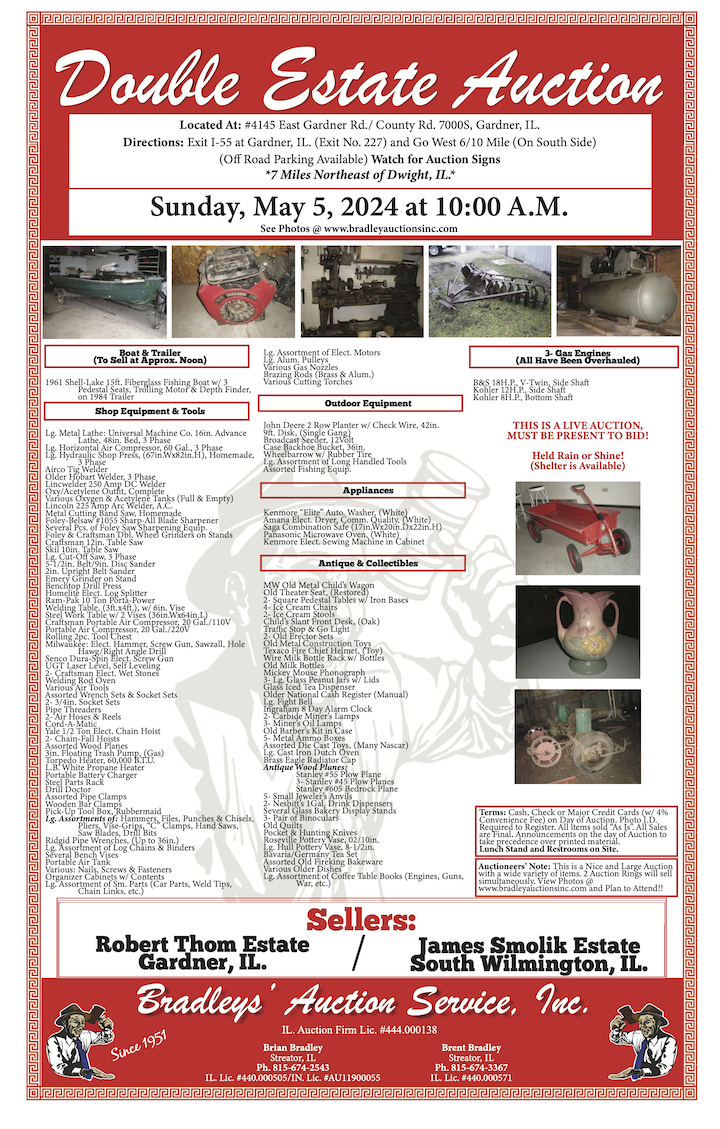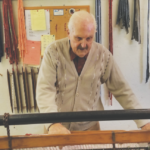 Eighty-eight-year-old Herb Voigts has been retired from the state highway department for nearly 30 years now and one way he keeps busy is by making rugs.
Eighty-eight-year-old Herb Voigts has been retired from the state highway department for nearly 30 years now and one way he keeps busy is by making rugs.Voigts owns 260 acres in rural Dwight and lives on the farm where he grew up. Every morning, he steps outside and into an outbuilding that houses two antique looms handed down to him from his mother, Anna Voigts. There he enjoys the timeless art of weaving.
“I’m making something and I like it,” he said. “It is very enjoyable.”
He’s known around these parts as “the rug guy.” He learned by watching his mother. She was always very crafty, he said. She crocheted, embroidered and learned to use the loom as another form of expression. Like Herb, it was mainly a hobby for her, one that she enjoyed well into old age. She was crocheting right up until her death in 1999 at age 92.
Now Herb has taken over the loom and, needless to say, his wife of 69 years, Wilma Jean, has plenty of rugs around the house.
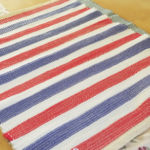
One can never have too many. Voigts always seems to have one in progress, whether for a customer or just to keep his hands busy, standing over the loom weaving fabric in and out.
He works on a two harness loom, one of the simplest types, Voigts said. But the rugs he creates are far from simple. He can’t create patterns — any patterns comes from the print on the fabrics he’s using — but he can create beautiful stripes, he explained, holding up a patriotic red, white and blue rug.
The actual act of weaving goes pretty fast. He said he can make a rug in about an hour. Threading the loom is what’s long and tedious, a task that can take up to eight hours.
There are 14 spurs on his loom. Each has to be turned 90 times to bundle the yarn he’ll be using. He then has to thread the yarn through the tiny holes of thin, vertical bars called heddles, then precisely through a beater bar. This meticulous threading is what creates the lengthwise “warp” through which he’ll weave long strips of fabric (called weft).
The strips of fabric Voigts uses come from all types of salvaged materials, from sheets, bedspreads, draperies, chenille blankets and even blue jeans. (People give him old jeans to use for rugs and they turn out beautiful.) Other people bring him new fabric they’ve bought.
He cuts the fabric into strips and sews long, long pieces together (the weft), which are then wound around a wooden “shuttle.” He weaves the shuttle in between the warp thread, compresses a foot pedal and pulls the beater bar toward him, which pushes that piece of fabric securely into place.
Watching him, you can see how cathartic it would be, weaving the strips of fabric back and forth, back and forth, until about 20 rows are created. Then he might change fabric to create another stripe of color.
He typically makes rugs that are 27 inches wide and 35 to 40 inches long, but has done rugs as long as 18 feet — that one for a woman who wanted a hallway runner. He has long had a booth at Dwight Harvest Days, this year selling all but 10 of the 40 he made.
But he’s not into it for the money. Those 40 rugs took him all year to make. “I have no schedule. … “It’s just fun. … If I had to make a living off of it I’d be on the street,” he laughed.
The second loom needs some work before he starts using it again. Many of the heddles are bent and rusty, so he’s going to replace some 400 of them, which looks like an impossible feat of precision, one only with 20/20 vision could accomplish. “You think you are going to be able to do that?” I asked. “We’re going to find out,” he laughed.
He hopes the looms will stay in the family. His daughter Cindy and son Daniel have shown an interest in the hobby, which pleases him.
“It’s just something to give an old man something to do,” he said.




